[ad_1]
You don’t should be a bodybuilder in teaching to have heard the phrases “abduction” and “adduction.” These two phrases are pretty frequent throughout the well being world and aren’t merely jargon for health middle rats.
Proper right here’s each half you have to discover out about abduction vs. adduction and the way in which they will impression your train routine.
What’s abduction?
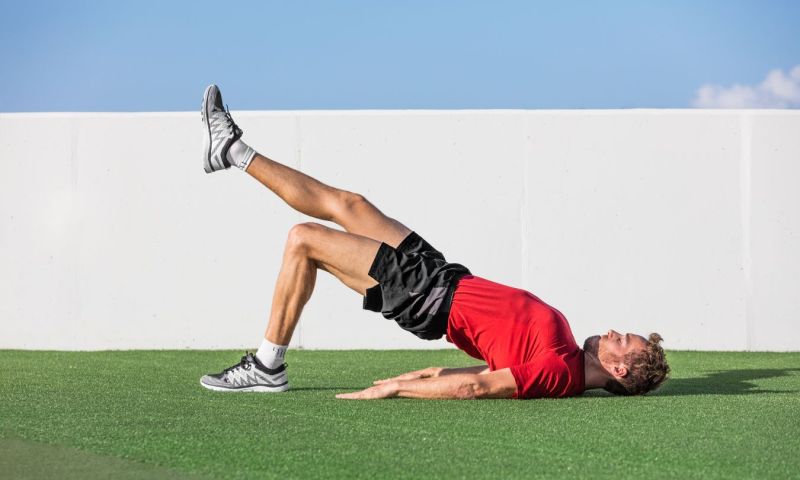
Abduction is any movement away from the midline of your physique. Contemplate it like this: Everytime you do a lateral elevate, lifting your arms out to the sides, you’re abducting your arms. An identical goes for a facet kick in martial arts, and even one factor as simple as spreading your fingers apart.
“Do you have to want help remembering,” outlined Milica McDowell, DPT, licensed practice physiologist and VP of Operations at Gait Happens, “contemplate an alien abduction. I used to indicate school college students to contemplate an ‘alien abduction’ and the way in which the aliens would take you away of their UFO … that’s the way in which you keep in mind the excellence between abduction and its sister movement, adduction.”
Strong abductor muscle mass are essential for additional than merely lifting weights. They help with hip stability, sustaining good posture, and strolling.
What’s adduction?
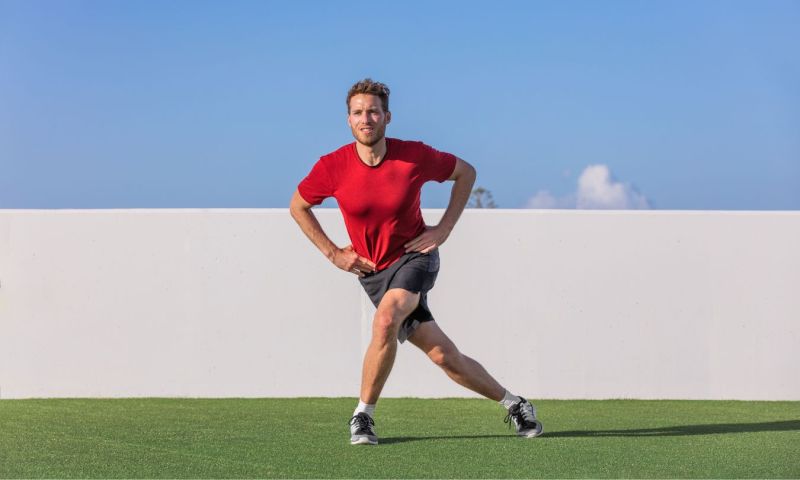
Adduction is the choice of abduction. It’s any movement in direction of the midline of your physique. Everytime you carry your palms collectively in entrance of your chest, you’re adducting your arms. The equivalent goes for clapping your arms, crossing your legs, or squeezing a medicine ball between your thighs.
“One different technique to remember it is to contemplate together with,” McDowell acknowledged. “Like addition in math, you’re bringing two points collectively, on this case, collectively on the middle of your physique.”
Your adductor muscle mass are in your chest and inside thighs. These muscle mass are vital for stabilizing your hips and knees.
Benefits of abduction and adduction
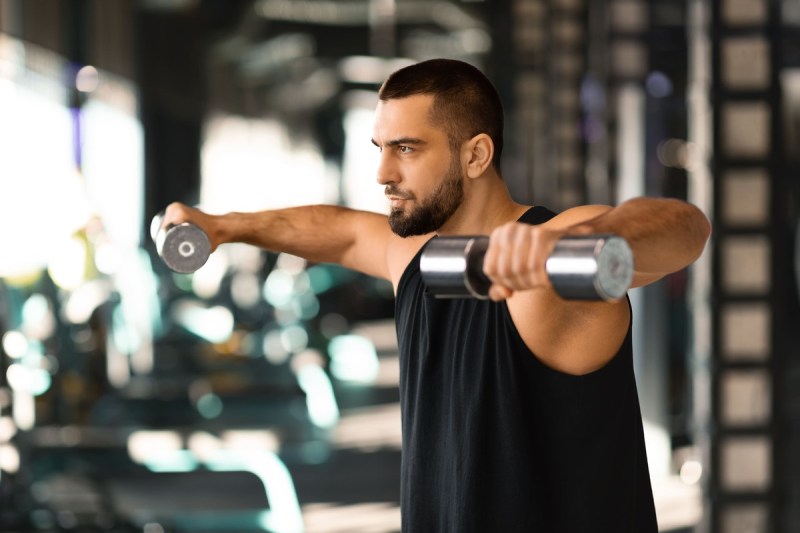
Determining is a balancing act. Even when you’re not going exhausting every day, you want to make sure you’re using a variety of muscle mass so one doesn’t develop to be stronger than the alternative. (You don’t want to end up wanting like Popeye the Sailor Man).
“Abduction and adduction exercises help your physique maintain regular and balanced,” McDowell acknowledged. “These muscle groups are usually secondary, supporting actors for better actions.”
McDowell makes use of a straightforward occasion: In case your hip abductors are weak, your hips may drop unexpectedly when you stroll, making it seem like you’re stepping proper into a niche. And in case your chest adductors are weak, your arm would principally crash over your face when you try and elevate your hand.
“These supporting actors have really giant jobs in aiding actions of various additional main muscle mass like your biceps, quads, and glutes,” she acknowledged.
Greater physique exercises that follow every

Listed below are numerous examples of upper physique actions that work every abduction and adduction:
- Resistance band entrance to lateral raises: Actually helpful by ISSA-certified celeb non-public coach Jenna Willis, this practice combines entrance raises (adduction) and lateral raises (abduction) for a whole shoulder train. Stand on a resistance band with toes shoulder-width apart (the ends of the band in each hand). Start alongside along with your arms extended (palms coping with down), then elevate them to the sides until they’re parallel to the bottom. Slowly lower once more to the start place.
- Alternating chest flys: Moreover advisable by Willis, alternating chest flys add a rotational issue that engages your chest muscle mass (adduction) whereas working your core and obliques. To do this switch, lie on a bench with toes flat on the bottom. Keep a pair of dumbbells above your chest with palms coping with each other. Lower one dumbbell out to the facet in an arc, holding a slight bend in your elbow. As you carry that dumbbell once more up, lower the alternative dumbbell to the choice facet.
- Dumbbell pull-overs: Dumbbell pull-overs objective the chest (adduction) and once more (abduction). Lie on a bench alongside along with your toes flat on the bottom. Keep a dumbbell with every arms above your chest, arms barely bent. Lower the dumbbell behind your head until you feel a slight stretch. Then, carry the dumbbell once more to the start place.
Lower physique exercises that follow every
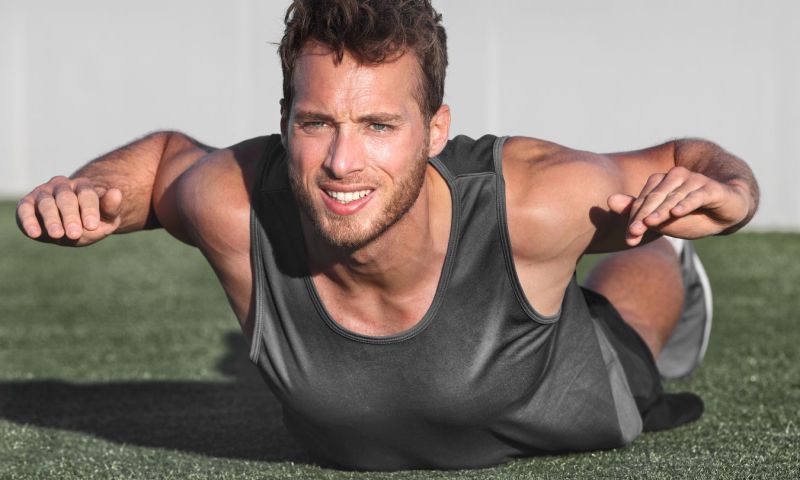
Listed below are numerous examples of lower physique actions that work every abduction and adduction:
- Lateral lunge with band resistance: This practice supplies just a bit oomph to the conventional lunge. To do it, place a resistance band spherical your thighs, merely above your knees. Stand with toes shoulder-width apart, then step out to the facet, bending your correct knee and pushing your hips once more. As you lunge, the band will current resistance, partaking your outer thighs (abductors). Push once more to the start place, feeling your inside thighs (adductors) work to hold your legs once more collectively. Repeat on the alternative facet.
- Monster walks: Place a resistance band spherical your ankles or thighs. Stand with toes shoulder-width apart, then take a step to the facet (maintain your toes pointed forward and your knees barely bent). Observe alongside along with your totally different leg, sustaining strain on the band. Proceed stepping sideways, feeling your abductors work as you step out, and your adductors work together as you carry your legs once more collectively.
[ad_2]
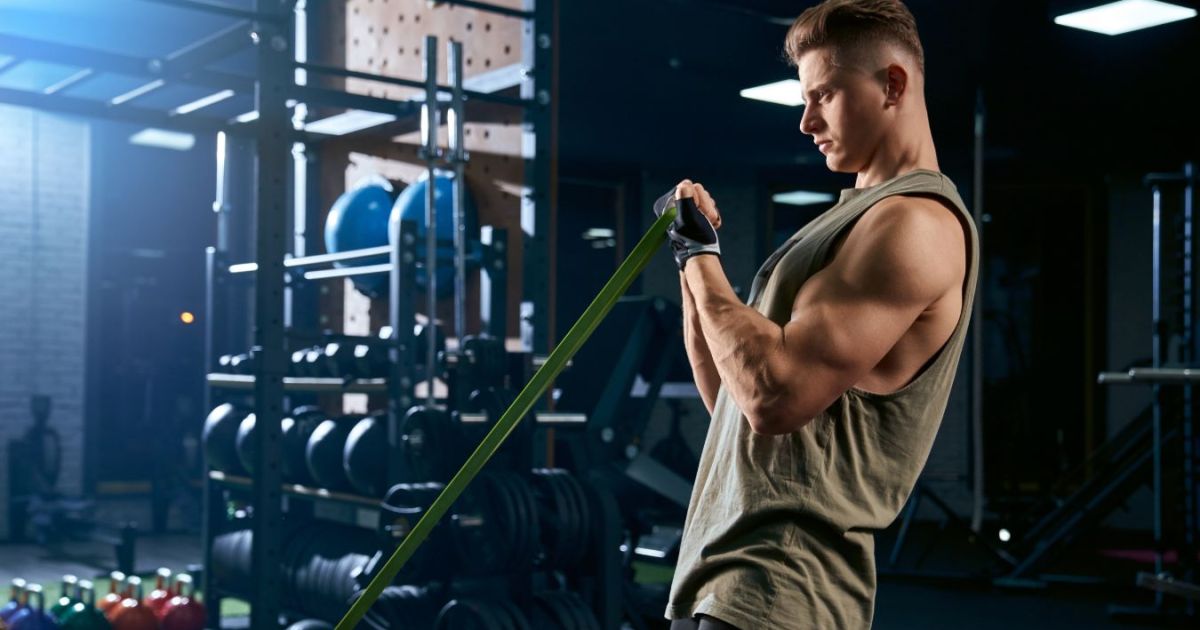
I appreciate how the author used relatable examples to clarify these terms. It makes it easier for readers who might not be familiar with fitness jargon to grasp the concepts effectively.
I found the analogy of alien abduction quite amusing and effective. It’s a memorable way to differentiate between the two types of movements, making the information more accessible for everyone.
The article provides a clear explanation of the differences between abduction and adduction. It’s helpful for those looking to improve their workout routines by understanding these movements better.
This article sheds light on often overlooked muscle groups that play crucial roles in our daily activities. Understanding their function can definitely influence how we approach strength training.
It’s interesting to see how important both abduction and adduction are for overall stability. Incorporating these movements into workouts could really enhance performance and prevent injuries.